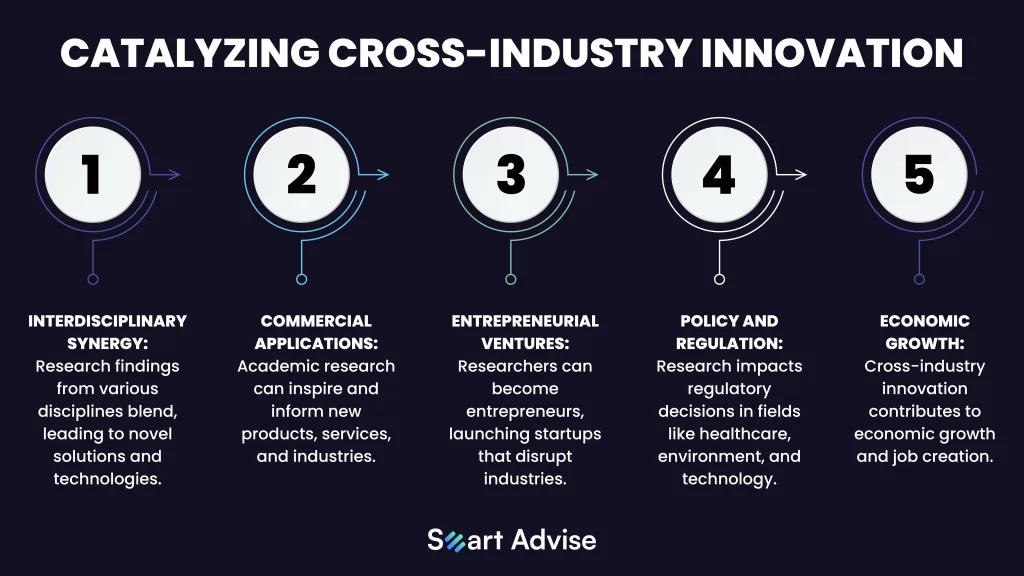
Content distribution is important. As internet transforms data sharing, we examine why and how it remains relevant to knowledge dissemination
The research industry is loaded with data and researched assets, and to take its right takers requires the right distribution. Content distribution across the internet has seen a drastic change as people’s access to high-speed internet has increased significantly, thus this transfer of information and knowledge has gained different routes. Though content distribution stays relevant, what to know how? And why? Then let’s begin with…
The Content Explosion
The research industry is experiencing a content explosion like never before. According to data from Elsevier, one of the world’s leading providers of research information, over 2.5 million new scholarly articles are published each year. This exponential growth has been driven by the digitization of content and the globalization of research collaboration. While this wealth of information is undoubtedly a boon, it also presents a challenge – how to ensure this vast body of knowledge is accessible and valuable to researchers, academics, and the broader public.

The Importance of Content Distribution
Increasing Research Visibility
Effective content distribution is crucial for enhancing the visibility of research. No matter how groundbreaking or insightful a piece of research is, it is of little use if it remains buried in obscure journals or websites.
According to a report by Harvard, research articles published open access receive do receive a higher citation rate compared to their subscription counterparts. This statistic underscores the importance of making research content widely accessible through open access channels, as it increases the likelihood of its being cited and, thus, the impact of the research.
Facilitating Collaboration
In a connected world, collaboration has become a cornerstone of scientific progress. Researchers often need to collaborate with colleagues across the globe to leverage diverse expertise and resources.
Content distribution platforms, like ResearchGate and Academia.edu, enable researchers to share their work with a global audience.
Meeting Audience Expectations
In the digital age, researchers, academics, and students have come to expect immediate and convenient access to research content. This shift in expectations has prompted publishers and institutions to adapt their content distribution strategies.
According to research done by Statista in 2022 found that nearly 47% college students feel that online education in the United States is on par with traditional classroom learning.
This trend highlights the relevance of content distribution in meeting evolving audience needs and comfort.
Democratizing Access to Knowledge
Content distribution is a crucial tool for democratizing access to knowledge. According to a report by The Guardian, approximately 37% of the world’s population lacks access to the internet. This digital divide disproportionately affects individuals in low-income countries and regions. By utilizing content distribution strategies such as open access and repositories, research organizations can help bridge this knowledge gap. Open-access initiatives have gained significant momentum in recent years, with the Directory of Open Access Journals (DOAJ) now listing over 13,000+ open access journals.
Bridging Language Barriers
One often underestimated aspect of content distribution in the research industry is its role in bridging language barriers. A significant portion of the world’s research is published in languages other than English. This language diversity can hinder the global dissemination of valuable insights.
The ability to access research content in one’s preferred language not only promotes international collaboration but also enhances the reach of research findings.
Addressing Ethical Considerations
Content distribution also plays a crucial role in addressing ethical considerations in the research industry. Ethical research practices, including transparency, data sharing, and adherence to ethical guidelines, are vital. Content distribution platforms that enforce these ethical principles, such as the Center for Open Science, are gaining prominence. Researchers can use these platforms to not only disseminate their work but also uphold the highest standards of research ethics.
Ensuring Data Security
In an age where data breaches and cybersecurity threats are pervasive, ensuring the security of research data is paramount. Content distribution platforms, like Zenodo, offer secure and trustworthy data repositories for researchers to store and share their datasets. This helps safeguard sensitive research data and maintain the integrity of research projects.
In Summary,
In a world awash with information, content distribution has become a linchpin of the research industry. It increases research visibility, fosters collaboration, meets audience expectations, and plays a pivotal role in democratizing access to knowledge.
As the research industry continues to add knowledge to its core, it is clear that effective content distribution is not only relevant but also essential for the dissemination and impact of research. Researchers, institutions, and publishers must continue to adapt to this changing landscape to ensure that knowledge finds its way to those who seek it. To build your business on the foundation of well-versed data, connect with us at smart advise now!